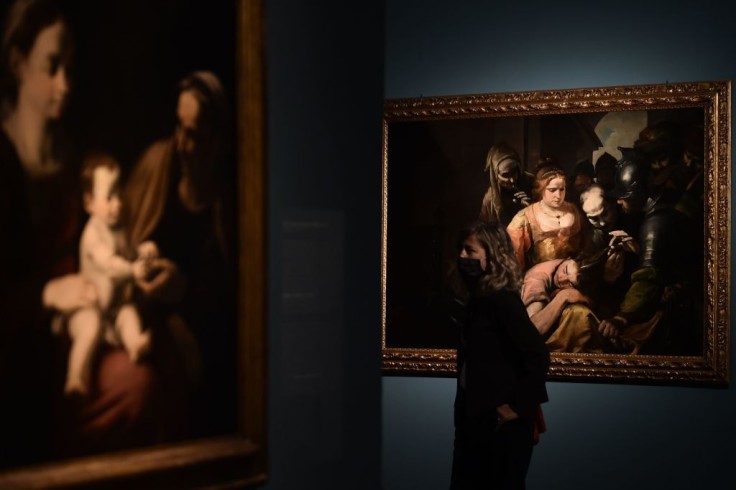
Swiss Artificial Intelligence company Art Recognition claims that Peter Paul Rubens' Samson and Delilah masterpiece in London's National Gallery is forged.
The National Gallery bought the artwork for $5.4 million in 1980, making it the third most expensive artwork bought at the time, per New York Times.
Samson and Delilah in National Gallery a Fake?
Samson and Delilah depicts the Old Testaments' betrayal story where Samson's lover Delilah became an accomplice to cut Samson's hair to reduce his God-given superhuman strength. In line with this, several critics have suggested that Peter Paul Rubens' Samson and Delilah is not the original painting that London National Gallery bought. Scientists gave their thought and opinions on the masterpiece.
Critics argued that the painting in the National Gallery is just a copy of Rubens' original work for his Antwerp patron Nicolaas Rockox between 1608 and 1609, as the painting's composition is tricky, colors are not originally from Ruben's palette, and London's National Gallery version has cropped Samson's toes, per The Guardian.
Artist and independent scholar Euphrosyne Doxiadis told Spiegel International that she had doubts on the painting and said that it is a 20th century copy. This makes the analysis of Art Recognition stronger.
According to same report by The Guardian, scientist Dr. Carina Popovici and her team used Artificial Intelligence analysis to determine if the painting is fake or not. The analysis, however, said the probability of Samson and Delilah's inauthenticity hits 91 percent. Several tests and experiments have been conducted to avoid mistakes, but the result is the same.
Adding to the analysis of Dr. Popovici, ArtWatch UK director Michael Daley said the AI report is exceedingly damning. Daley acknowledged that when a picture is wrong everything in art is wrong. Daley added that National Gallery has faced similar criticism on a $450 Million Salvador Mundi's artwork.
Art Historian Dr. Katarzyna Krzyżagórska-Pisarek, who also had doubt on Rubens' artwork, said the new method of authenticating an artwork is innovative and 20th century needs this reliable method. Dr. Pisarek described Artificial Intelligence's process as "coldly objective" and "scientifically accurate."
Art Recognition Detects Artwork Through Its Art Intelligence
Swiss Artificial Intelligence company Art Recognition has conducted the AI analysis for Rubens' Samson and Delilah. Through its deep convolutional neuronal network, the Art Recognition algorithm recognizes artists' work characteristics. Artworks are separated into small parts to capture finer details. Art Recognition tested the artwork along with 148 Rubens' paintings.
Through its detailed pieces, AI's pattern recognition detects forge artworks easily than human experts. The National Gallery is not thrilled with its result, but Art Recognition's method prevents them from spending huge amount on forged artworks. According to London's National Gallery spokesman, they are noting the new research available and await full publication before giving any further comments.
Aside from Art Recognition's analyzation on Samson and Delilah, rhe Swiss AI Company also analyzed the authenticity of Norway National Museum's Vincent van Gogh Self Portrait. The artwork garnered 97 percent rating on its authenticity.
In addition, Art Recognition tested out Kees van Dongen's Nu en Buste (Now and Bust) Version A and Version B. The result turned out that Version A is forged, and Version B is the authentic.









